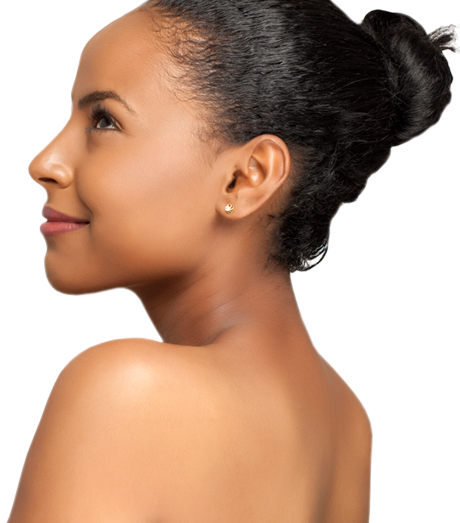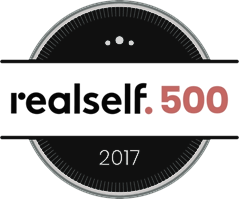Liposuction: Post-Operative Nursing Care At Burnett Plastic Surgery
Liposuction, as I described in my last blog is the removal of mostly fat and fluids from the body using a suction cannula (long flexible straw like tube).
In the immediate post operative period, Dr. Burnett’s main concerns are the potential development of Deep Vein Thromboses (DVTS), Seromas at the sites of the liposuction cannulas (abscess like fluid collections) and dehydration from the loss of fluid during the liposuction. Our nursing focus is on teaching the patient how important it is to follow our protocols for an optimal recovery.
We believe one of the keys to optimal healing and recovery is adequate rest and sleep, all post surgical patients need someone to stay with them in the immediate post op period, to help with meals, hygiene and potential emergencies. If the patient has children, a designated caregiver must be available for them, to allow the parent to rest comfortably.

Sound nutrition with an abundance of healing nutrients such as Arnica Montana (a homeopathic remedy to minimize post op bruising and bleeding), vitamin c, zinc and a good quality multivitamin along with a balanced diet. We recommended the dosages and great fluid replacement drinks such as Glaceau’s Smart and Vitamin waters. Our goal is to keep the patient as comfortable as possible using fluid replacement (at least 6-8 glasses daily) and vitamins to restore equilibrium. We remind the patient to spend the early days mostly out of bed, and to walk around every hour or two while awake to maintain good circulation and prevent the formation of blood clots. Seroma formation can be prevented by the continuous wearing of the compression garment. Dr. Burnett’s policy is six weeks. This garment is one of the most important elements to the successful outcome of liposuction. At Burnett Plastic Surgery, we love the garments from the California company,Design Veronique https://www.designveronique.com/. An appropriate garment provides continuous compression to the surgical site, once the fat has been removed from the tissues, the space left behind will fill with fluid creating an unwanted seroma. A seroma will create an unevenness on the surface which can be quite unattractive to the patient and us. The compression garment mitigates this if sized correctly and the patient follows Dr. Burnett’s post-op protocol.

Pain management is another key element to be managed by us and the patient. We check in with the patient the day after surgery to see how the pain is (if any), to check for any bleeding or persistent nausea or vomiting. We will make adjustments to the dosing as needed with the patient over the phone. By checking in early, we can avert any problems before the first office visit.
First post op visits involve the removal of the garment for the first time. This is both an exciting and scary time for him, as well as the removal of sutures and dressings. We advise the patient to be driven by a companion, she may still be taking the pain medicine, which is usually a narcotic and can make them drowsy.
Photographs and weight will be taken at each visit to document the patient’s healing and progress. The patient will be gradually given more independence and freedom to shower and switch garments. Dr. Burnett will discharge the patient after they are stable within a few weeks.





